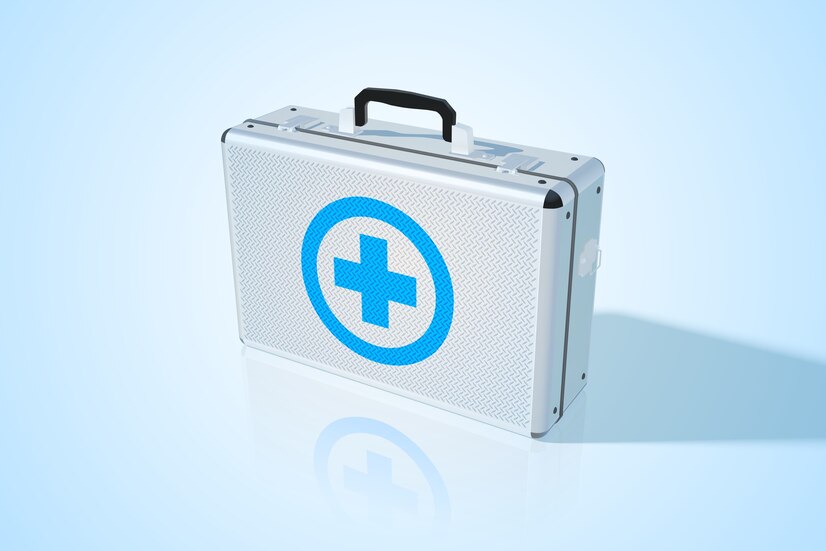Introduction: Living with chronic pain can be an enduring challenge that affects not only physical well-being but also mental and emotional health. However, in the face of discomfort, there’s hope. This blog delves into a comprehensive pain relief toolbox, offering an array of techniques and therapies that can empower individuals to regain control over their lives and find relief from persistent discomfort.
- Understanding Chronic Pain: Before delving into the toolbox, it’s crucial to understand chronic pain. Unlike acute pain, which serves as a warning sign, chronic pain persists for extended periods and can result from various conditions. By grasping the complexities of chronic pain, you’re better equipped to explore effective relief strategies.
- Mind-Body Techniques: The mind-body connection is a powerful tool in pain management. Practices like meditation, deep breathing, and progressive muscle relaxation can help ease tension, reduce stress, and alleviate pain. These techniques promote relaxation and encourage the body’s natural ability to heal.
- Physical Therapy and Exercise: Physical therapy offers tailored exercises and stretches to improve flexibility, strengthen muscles, and enhance joint function. Engaging in regular low-impact exercises, such as swimming or yoga, can release endorphins and minimize pain perception.
- Alternative Therapies: Holistic approaches like acupuncture, chiropractic care, and massage therapy have gained recognition for their pain-relieving benefits. These therapies target specific points, alignments, or muscle tensions to alleviate pain and promote overall well-being.
- Heat and Cold Therapy: Applying heat or cold to affected areas can provide immediate relief. Heat relaxes muscles and improves blood flow, while cold therapy reduces inflammation and numbs pain receptors. Alternating between heat and cold can be particularly effective for some individuals.
- Medications and Supplements: Over-the-counter pain relievers, prescribed medications, and certain supplements can play a role in managing chronic pain. It’s important to work closely with a healthcare professional to determine the right options and dosages for your specific condition.
- Cognitive Behavioral Therapy (CBT): CBT focuses on changing thought patterns and behaviors that contribute to pain perception. By addressing negative thought cycles and teaching coping skills, CBT can help individuals manage pain more effectively.
- Biofeedback and Relaxation Techniques: Biofeedback empowers individuals to control physiological functions like heart rate and muscle tension. Learning these techniques can be a valuable addition to your pain relief toolbox, allowing you to influence your body’s response to pain.
- Diet and Nutrition: Certain foods possess anti-inflammatory properties and can support pain management. Incorporating a balanced diet rich in fruits, vegetables, whole grains, and lean proteins can contribute to overall health and potentially alleviate discomfort.
- Lifestyle Modifications: Simple lifestyle changes, such as improving sleep quality, maintaining a healthy weight, and practicing good posture, can significantly impact chronic pain. These modifications collectively form a foundation for long-term relief.
Conclusion: Finding relief from chronic pain requires a multifaceted approach. Just as a toolbox contains an array of tools for different tasks, your pain relief toolbox is stocked with techniques and therapies to address various aspects of discomfort. By combining these strategies, tailoring them to your needs, and seeking guidance from healthcare professionals, you can embark on a journey towards a more comfortable and fulfilling life. Remember, each step you take brings you closer to a brighter, pain-free future.

